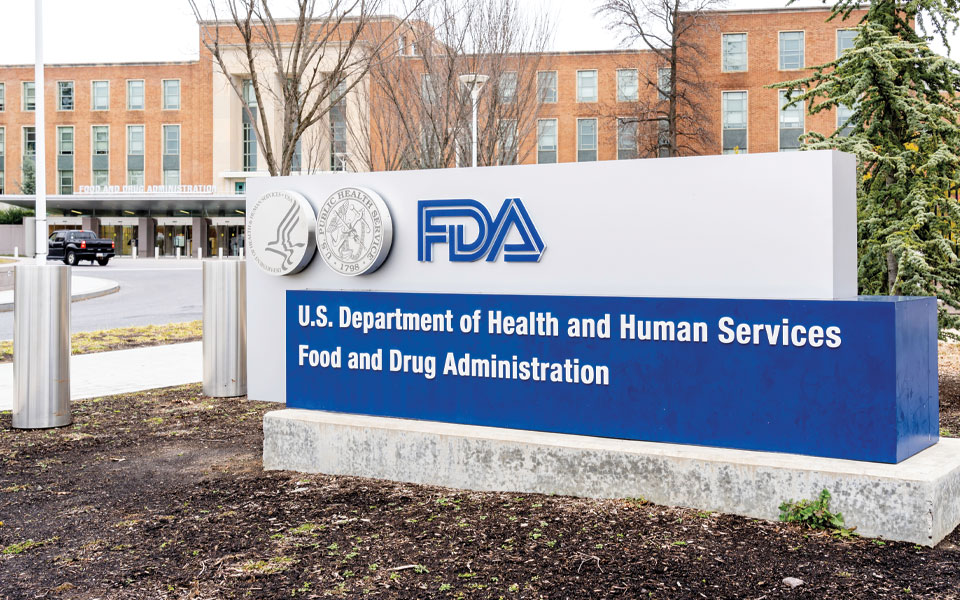In the PDUFA VII Commitment letter, the FDA announced the establishment of the Split Real-Time Application Review (STAR) Pilot Program. The goal of the STAR pilot program will be to decrease the time from the date of the complete submission to the PDUFA action date for established therapies.
The STAR Pilot is part of FDA’s intention to expand its programs further to expedite patient access to safe and effective drugs and biologics for serious conditions with an unmet medical need.
STAR is an addition to FDA’s rolling review programs
This newest pilot program joins existing programs that allow for differing degrees of rolling review, such as Breakthrough Therapy Designation (BTD), Fast Track Designation, Regenerative Medicine Advance Therapy (RMAT) Designation, and Real-Time Oncology Review (RTOR).
It closely aligns with RTOR, an oncology-specific program that allows for a rolling review. Thus, experience with a rolling review, especially RTOR, may help prepare regulatory leads for the intricacies of this type of submission. Unlike RTOR, STAR will be available to applications across all therapeutic areas and review disciplines.
Under STAR, initial reviews will be conducted by the relevant review division (Center for Drug Evaluation and Research) or office (Center for Biologics Evaluation and Research) based on discipline.
Applying for STAR
STAR will only apply to efficacy supplements, meaning that efficacy data is being submitted for a drug that already has approved labeling for another indication or population in the US. Neither Breakthrough Therapy Designation (BTD) nor Regenerative Medicine Advanced Therapy Designation (RMAT) is required, but the criteria for the clinical evidence are similar.
If upon review of their clinical trial outcome data, a Sponsor believes that their upcoming Supplemental New Drug Application (sNDA) or Supplemental Biologics License Application (sBLA) may qualify for review under the STAR program, they should submit a STAR Entry request as an informal pre-submission teleconference with FDA and provide FDA with topline trial results and proposed labeling. At this meeting, the only topic will be whether the application is eligible for STAR (no meeting minutes will be generated, but a formal decision letter will be issued).
FDA also indicates that sponsors can request a STAR as part of the pre-sNDA or sBLA meeting, which would be most appropriate if the Sponsor has other questions for the FDA regarding the content or format of the upcoming submission.
This means that if a Sponsor is working on an existing program and wants to use STAR, they should consider having a draft label ready to go by the time topline results are available and take a “fill in the blanks” approach when it comes to the data-reliant portions of the label (e.g., Section 14).
Applicants will also do best if they have lean processes for drafting the topline summary and approving the draft labeling.
Advantages of STAR
- “Split:” Allows sponsors to split their sNDA/sBLA into two key submissions, submitted up to two months apart.
- “Real-time:” Allows FDA to initiate review before receiving the complete submission.
FDA will initiate a review of the data upon receipt of the Part 1 submission. Although the PDUFA timeline will begin upon receipt of the Part 2 submission (i.e., the complete application), under STAR, FDA intends to target taking action at least one month earlier than the applicable priority 6-month PDUFA goal date.
For STAR applicants, the filing meeting is to be scheduled within 30 days of receipt of the Part 2 submission, and sponsors will be notified of the intended action date (along with the PDUFA goal date) in the filing letter.
- Part 1: All components of the sNDA or sBLA submission, including complete datasets, proposed labeling, clinical protocols and amendments, and a topline efficacy and safety results (a document providing topline results for each of the adequate and well-controlled studies), except those submitted in Part 2
- Part 2: Final clinical study reports (CSRs) for the adequate and well-controlled trials and related the Electronic Common Technical Document (eCTD) module 2 clinical summaries (2.5 and 2.7). Note that if the Part 2 CSRs do not impact Module 2 clinical summaries, they should also be a part of the Part 1 submission. FDA also indicates that the Integrated Summary of Safety (ISS) and Integrated Summary of Efficacy (ISE) will be included in Part 2.
Specific Criteria for Applicants
To be considered for STAR, applications must meet each of the following criteria:
- Must include clinical evidence from adequate and well-controlled trials
- Similar to BTD and RMAT, it must include evidence that the drug may demonstrate “substantial improvement on a clinically relevant endpoint(s) over available therapies,” and the drug must be intended to treat a “serious condition with an unmet medical need.”
- While this qualifying standard is the same as required for BTD or RMAT, the FDA has provided some notably specific details regarding the types of evidence that may, or may not, support the demonstration of “substantial improvement.”
- The FDA anticipates that most non-inferiority trials will not demonstrate substantial improvement; thus, Sponsors of non-inferiority trials should consider designing non-inferiority trials with built-in superiority analysis if they wish to pursue STAR.
- Additionally, the FDA has clarified that real-world evidence (RWE) will not be accepted to demonstrate substantial improvement under STAR.
- No aspect(s) of the application can require a longer review time. This would include such things as a novel Risk Evaluation and Mitigation Strategy (REMS) proposal.
- No CMC information that requires a manufacturing site inspection outside of the US will be accepted. However, US site inspections may be allowed if they can be conducted in the expedited timeframe.
Other Key Points to Keep in Mind
- Part 2 will not be accepted any later than three months after Part 1
- Suppose FDA determines that the Part 1 submission is incomplete during the filing review (except for the planned components of Part 2). In that case, the review will not be initiated under the STAR program (i.e., review will not initiate until a materially complete application is submitted and the application is removed from STAR).
- The FDA’s STAR public-facing webpage went live in October 2022. You can find it here: Split Real Time Application Review (STAR) | FDA
- The STAR program will be available in 2023 but likely will not be fully implemented until 2024
More to Come: Related PDUFA VII Commitments
FDA has committed to conducting an interim assessment of STAR by the end of 2025 and a public workshop by the end of Q2 2026.
At that point, they plan to discuss the potential value and feasibility of expanding STAR to specific New Molecular Entity (NME) NDAs and BLAs.
They will also request feedback from industry stakeholders who experienced the STAR pilot program and will follow up with a publicly available summary of overall metrics (the percentage of applications accepted/submitted and the percentage of applications with an action date at least one month in advance of the priority 6-month PDUFA goal date) and external stakeholder feedback received.
By: Dr. Amanda Beaster, Associate Director of Regulatory Strategy, and Ben Kaspar, Director of Regulatory Affairs
If you have questions about the STAR Pilot or any other PDUFA VII Updates, email info@mmsholdings.com to speak to a regulatory expert.
Learn more about MMS Regulatory Affairs and Operations.





